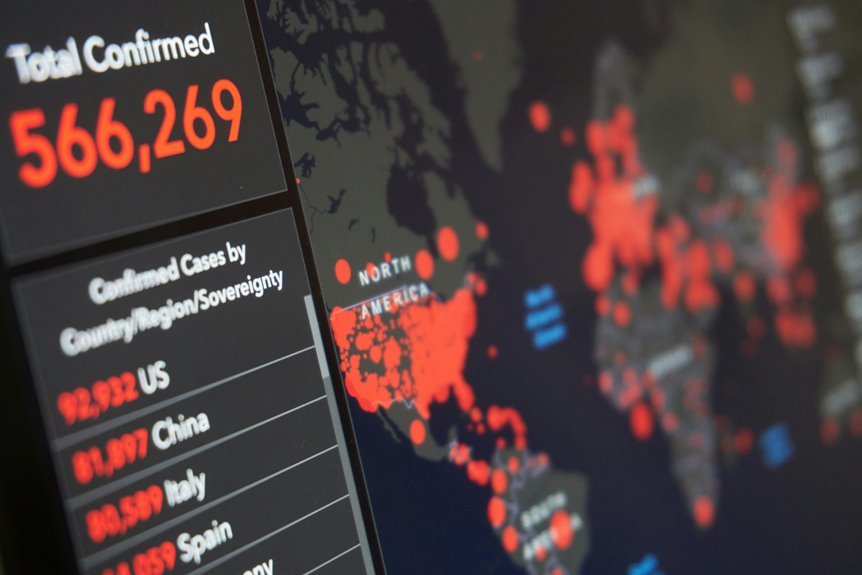Check Risky Digits Safety Monitoring Report 3533964740 3381662224 3247921736 3423613645 3312095693 3299397088

The Safety Monitoring Report identifies a series of risky digits, including 3533964740 and 3381662224, which signal potential vulnerabilities within organizational structures. Each digit represents a specific risk that necessitates immediate scrutiny. An analysis of these vulnerabilities reveals critical areas where safety protocols may be lacking. Understanding the implications of these digits is essential for enhancing operational integrity. What specific measures can organizations implement to address these vulnerabilities effectively?
Overview of Risky Digits
The phenomenon of risky digits encompasses numerical values that present potential hazards in various contexts, particularly in financial and operational domains.
Risky trends often emerge from specific digit patterns, indicating vulnerabilities that may lead to significant consequences. Identifying these patterns is crucial for mitigating risks, allowing stakeholders to navigate complexities while preserving autonomy.
Understanding the implications of these digits enables informed decision-making in dynamic environments.
Analysis of Vulnerabilities
Identifying risky digits lays the groundwork for a deeper examination of vulnerabilities that can arise within various systems.
A thorough vulnerability assessment reveals potential weak points, enabling stakeholders to understand the implications of these risks.
Effective risk mitigation strategies can then be formulated, addressing identified vulnerabilities to enhance overall system resilience.
This analytical approach fosters informed decision-making, essential for maintaining security and operational integrity.
Recommended Safety Measures
Implementing robust safety measures is crucial for mitigating the risks associated with identified vulnerabilities.
Establishing comprehensive safety protocols ensures that organizations can effectively manage potential threats.
Regular risk assessments should be conducted to identify new vulnerabilities and adapt safety measures accordingly.
Importance of Continuous Monitoring
How can organizations effectively safeguard their assets in an ever-evolving threat landscape?
Continuous monitoring is essential, as it enables organizations to maintain continuous vigilance against emerging risks.
By implementing proactive assessments, they can identify vulnerabilities and adapt strategies accordingly.
This ongoing process not only mitigates potential threats but also fosters a culture of security, empowering organizations to respond swiftly to new challenges.
Conclusion
In conclusion, the identification of risky digits such as 3533964740 and 3381662224 underscores a critical need for vigilance in safety monitoring. As organizations navigate an increasingly perilous landscape, the question looms: how can they afford to overlook these vulnerabilities? By implementing robust safety measures and committing to continuous monitoring, stakeholders can not only safeguard their operations but also foster a culture of resilience. Ultimately, the protection of assets and livelihoods hinges on proactive engagement with these identified risks.




